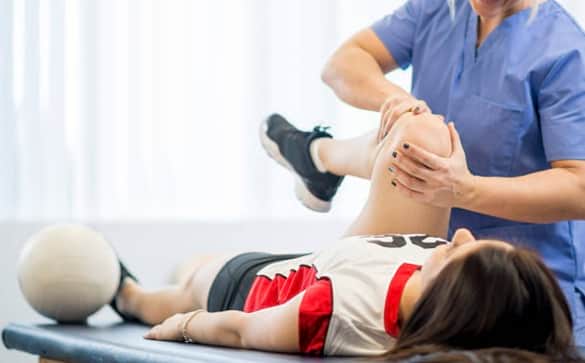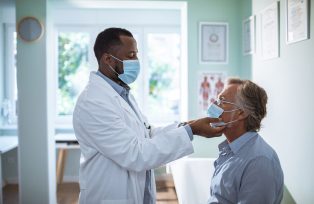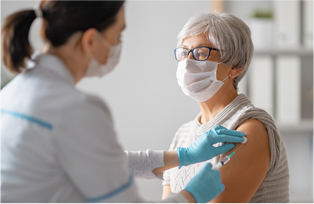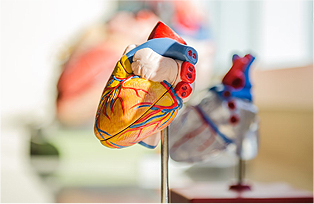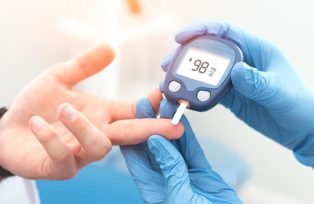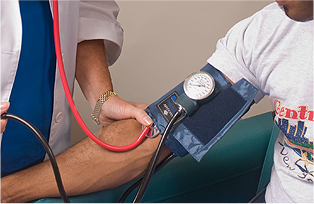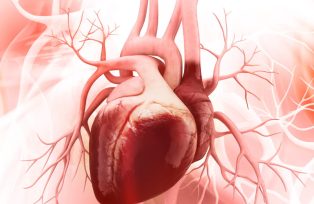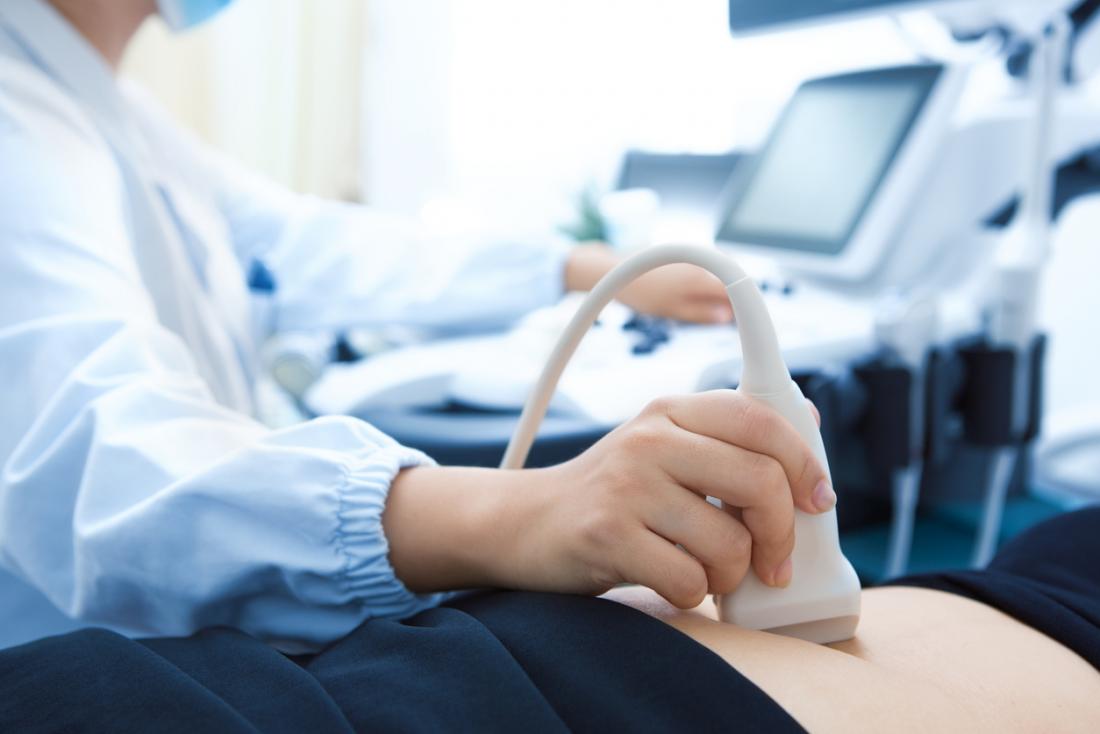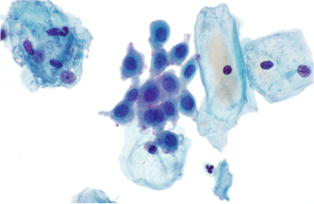Upper Respiratory Conditions

Breathing, signaled by the visible lowering and rising of the rib cage, is one of the fundamental functions of the human body and depends on the expansion and emptying of the lungs. The upper Respiratory system is made up of the airways and the lungs which are entrusted with the fundamental task of supplying the blood with oxygen and freeing it from CO2 (carbon dioxide).
Regardless in the event that you’re engaging sinusitis, a typical cold, or this season’s virus, your long periods of sneezing, coughing, sniffling, and wheezing will be recovered by the care from Texas Health Providers.
As a friendly primary care provider we offer diagnosis, treatment, and prevention for a range of upper respiratory conditions, so that you can feel better as fast as possible and get back to what really matters. Contact Texas Health Providers to protect your upper respiratory system.
Upper Respiratory Conditions
Prevention of respiratory problems
A breath of cold air on your face as you leave the house reminds us that winter has arrived. And a deep breath of freezing air can be risky for people with respiratory conditions like asthma, bronchitis, or chronic obstructive pulmonary disease which includes chronic bronchitis and emphysema. Cold temperatures can trigger symptoms such as wheezing, coughing, and shortness of breath.
Even in healthy people, cold, dry air can irritate the airways and lungs. It causes the upper airways to constrict, which makes it a little harder to breathe. When you breathe through your nose, cold air is warmed and hydrated as it passes through your nose, throat, and upper airways, so when it reaches your lower airways, it is usually warm enough not to affect your physiological levels of humidity.
If you breathe primarily through your mouth, however, the air is no longer warmed and humidified by your nose, so the drying effect on the lower airways can contribute to respiratory symptoms. Several strategies help combat cold air breathing problems.
As an experienced health care providers, we advise you to artificially moisten the nasal cavities every day. A dry nose typically looks like a congested nose by encouraging mouth breathing. Regular use of a nasal saline spray or humectant gel can help reduce nasal congestion, which will then decrease mouth breathing.
Covering your nose and mouth with a scarf when outdoors reduces symptoms by warming your face, warming the air you breathe, and increasing the humidity in the air you breathe.
People with respiratory conditions should avoid spending too much time in the cold when possible, especially while exercising, as this will further increase airway dryness and potentially increase symptoms or risk of an asthma attack. Moving your workout routine indoors during the winter months is a good idea, as is starting a class at the gym.
If you have respiratory disease, too dry air can irritate the airways. On the other hand, excessive humidity can cause condensation and favor the formation of mold. It is important to adequately ventilate the rooms, especially if there are sick people. It is enough to open a window for a few minutes to change the stale air in the room. If you use combustion heating systems such as fireplaces, boilers or gas stoves be very careful that smoke can irritate the lungs.
Pay particular attention to very young children and non self-sufficient elderly people, cover them adequately so that they do not sweat and check their body temperature from time to time. Newborns and infants have a still immature thermoregulation system and they disperse heat quickly. Cold weather can increase susceptibility to intestinal and respiratory infections even in older children.
Even in winter it is important to hydrate the little one regularly. Cover the baby well, also protecting it from humidity, always covering the head with a wool cap because more than 27% of heat loss occurs through it; carry the baby using the pram or stroller, so that he can move freely by stimulating blood circulation.
Pharmacological treatment from Texas Health Providers is aimed at treating the underlying disease, such as bronchitis, emphysema, and etc. We use drugs for anti-inflammatories, reduce inflammation, bronchodilators, increase the caliber of the bronchi, and to make bronchial secretions more liquid.
Our functional rehabilitation therapy consists of a series of massages and gymnastics, and it allows you to gradually recover the tone of the respiratory muscles to facilitate the removal of phlegm from the bronchi, to regain the right respiratory frequency and to get the patient used to using the diaphragm again.
In the event of a respiratory crisis, our doctors from Texas Health Providers use oxygen therapy that consists of making the patient breathe air enriched with oxygen through respirators connected to cylinders under pressure. Generally, respirators are face masks or cannulas to be introduced into the nose.
Our doctor’s prescription must always be followed in the quantity of oxygen to be delivered to the patient. In the event of an acute episode of respiratory failure, oxygen should be delivered immediately.
